For scuba divers, achieving neutral buoyancy is akin to finding the perfect balance between floating and sinking. It’s that magical state where you hover effortlessly in the water column, neither rising nor descending. While it may sound simple, mastering neutral buoyancy requires a nuanced understanding of weighting, equipment, and body positioning. At the heart of this delicate equilibrium lies the concept of proper weight distribution—what divers often refer to as "getting your weights right."
The Science Behind Neutral Buoyancy
Neutral buoyancy occurs when the diver’s overall density matches that of the surrounding water. This means the weight of the diver and their gear is perfectly offset by the upward force of buoyancy. Too much weight, and the diver sinks; too little, and they float uncontrollably toward the surface. The key is to fine-tune the amount of lead weight carried, usually on a weight belt or integrated into a buoyancy control device (BCD). However, it’s not just about the quantity of weight—it’s also about placement and how it interacts with the diver’s body and equipment.
Many novice divers make the mistake of over-weighting themselves, believing extra lead will help them stay submerged more easily. While this might work initially, it creates a reliance on the BCD for buoyancy control, leading to constant adjustments and inefficient air consumption. Experienced divers, on the other hand, strive for minimal weight, just enough to achieve neutral buoyancy at safety stops with a near-empty tank. This approach reduces drag, conserves energy, and allows for smoother movements underwater.
Factors Influencing Weight Requirements
Every diver’s weighting needs are unique, influenced by a variety of factors. Body composition plays a significant role—muscle is denser than fat, so a leaner diver may require slightly more weight than someone with higher body fat. Wetsuit thickness is another critical variable. Thicker neoprene provides more buoyancy, necessitating additional lead to counteract the suit’s natural floatiness. Saltwater vs. freshwater diving also affects weighting; the higher density of seawater means divers typically need 2-4 pounds less weight compared to freshwater environments.
Equipment configuration further complicates the equation. Aluminum tanks, for instance, become more buoyant as they empty, while steel tanks remain relatively constant in buoyancy throughout the dive. The type of BCD, additional accessories like cameras or lights, and even the diver’s trim (body positioning) all contribute to the overall weighting strategy. Seasoned divers often experiment over multiple dives to find their perfect balance, making small adjustments based on feedback from their previous dives.
The Role of Trim in Neutral Buoyancy
Proper weighting goes hand-in-hand with achieving good trim—the diver’s orientation in the water. Ideally, a diver should maintain a horizontal position with their legs slightly elevated, minimizing drag and allowing for effortless finning. Poor weight distribution can cause the diver to tilt forward or backward, forcing constant corrections that disrupt buoyancy control. Many divers find that shifting small amounts of weight to different locations—ankle weights, trim pockets on the tank, or even distributing weight between the belt and BCD—can dramatically improve their underwater posture.
Some advanced techniques involve using non-lead alternatives like rubber-coated weights or weight harnesses that distribute the load more evenly across the body. These innovations not only improve comfort but also enhance the diver’s ability to maintain perfect trim throughout the dive. The goal is to create a system where the diver feels weightless, with no single part of their body fighting to stay level in the water column.
Practical Tips for Finding Your Ideal Weight
One of the most reliable methods for determining proper weighting is the buoyancy check. This simple test, performed at the surface with an empty BCD and a nearly empty tank, helps divers assess whether they’re carrying the right amount of lead. If they sink too quickly, they’re overweighted; if they struggle to stay submerged, they need more weight. Many dive professionals recommend doing this check at the end of each dive when the tank is at its most buoyant state, providing the most accurate assessment for subsequent dives.
Another valuable technique is the "hover test" at safety stops. During the mandatory 3-5 minute stop at 15 feet, divers should be able to maintain their position without excessive finning or BCD adjustments. If they find themselves constantly fighting to stay at depth, it’s a clear sign their weighting needs reevaluation. Seasoned instructors often advise students to keep a dive log noting weight amounts under different conditions—this historical data becomes invaluable when diving in new environments or with unfamiliar equipment.
The Environmental Impact of Weighting Choices
Modern diving practices increasingly consider the ecological implications of weighting systems. Traditional lead weights, while effective, pose environmental concerns if lost or improperly handled. Some dive destinations have begun implementing lead-free alternatives or encouraging the use of reusable weight systems that minimize the risk of pollution. Eco-conscious divers are exploring innovative solutions like weight vests with adjustable ceramic weights or systems that integrate weighting directly into the BCD without loose components.
Beyond the environmental aspect, proper weighting contributes to reef conservation by helping divers avoid accidental contact with fragile coral structures. A well-weighted diver with excellent buoyancy control can navigate tight spaces without disturbing marine life or kicking up sediment. This skill becomes particularly important in sensitive environments where even minor disturbances can have lasting impacts on underwater ecosystems.
Advanced Techniques for Perfect Buoyancy
As divers progress in their training, they discover more sophisticated approaches to buoyancy management. Technical divers, for instance, often use multiple tanks with varying gas mixes, requiring precise weight calculations for each stage of the dive. They might employ different weighting strategies for descent, bottom time, and ascent to accommodate changing buoyancy characteristics of their equipment. Some adopt a “balanced rig” concept where weight distribution accounts for shifts in buoyancy throughout the dive profile.
Breath control emerges as another critical component of advanced buoyancy techniques. By mastering slow, deep breathing patterns, divers can make micro-adjustments to their position in the water without touching their BCD. This skill not only conserves air but also allows for incredibly precise movement—essential for underwater photographers or scientific researchers working in delicate environments. The most skilled divers make buoyancy control look effortless, their movements so fluid they appear part of the aquatic world they’re exploring.
The Psychological Aspect of Buoyancy Control
Beyond the physical mechanics, neutral buoyancy has a profound psychological dimension. Many divers describe achieving perfect buoyancy as a meditative state—a harmonious connection between mind, body, and environment. The focus required to maintain this balance creates a sense of presence and awareness that’s rare in everyday life. This mental state not only enhances safety but also deepens the diving experience, allowing participants to fully immerse themselves in the underwater realm.
Instructors often note that when students stop fighting the water and learn to work with its properties, their entire diving experience transforms. Anxiety gives way to confidence, clumsy movements become graceful, and the underwater world opens up in new ways. This psychological shift frequently marks the transition from novice to competent diver—the moment when recreational diving evolves from a thrilling activity to a truly immersive experience.
Conclusion: The Never-Ending Pursuit of Perfect Balance
Mastering neutral buoyancy isn’t a destination but an ongoing journey. Even the most experienced divers continue refining their weighting strategies, adapting to new equipment, environments, and physical changes. What begins as a practical necessity—adding enough lead to stay underwater—evolves into an art form where every gram matters, every breath counts, and every movement reflects hours of practice and self-awareness.
The pursuit of perfect buoyancy ultimately represents the essence of scuba diving: the quest to move effortlessly through an alien environment, to become part of a world not our own. When weighting is dialed in just right, when trim is perfect and breathing is controlled, the diver achieves something remarkable—not just neutral buoyancy in water, but a rare balance between human and habitat that few other experiences can match.
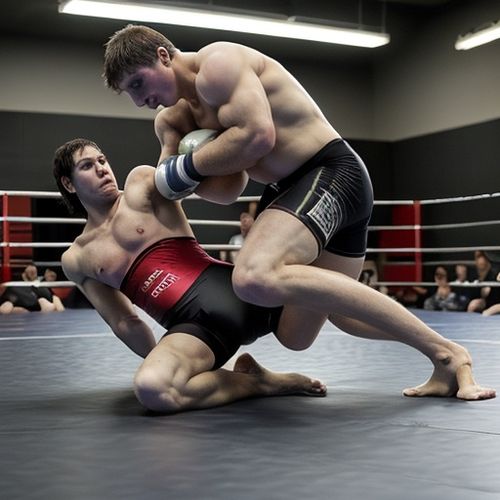
By James Moore/May 9, 2025
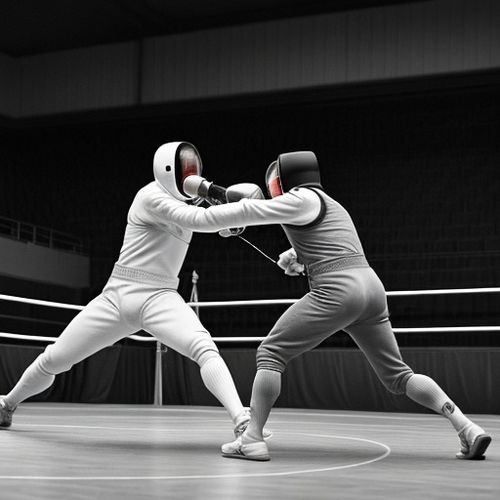
By Christopher Harris/May 9, 2025
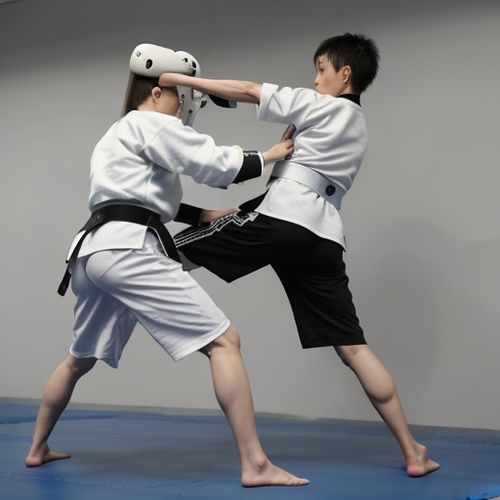
By Elizabeth Taylor/May 9, 2025
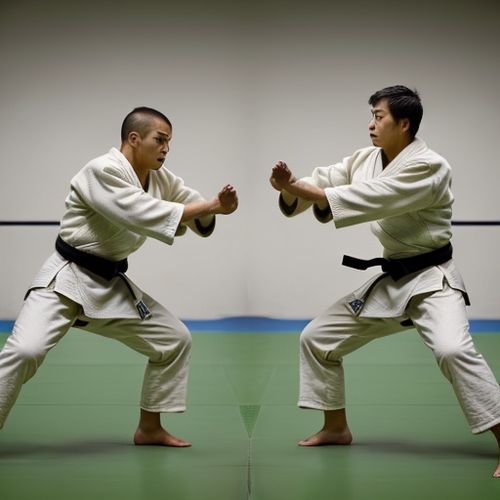
By Amanda Phillips/May 9, 2025

By Daniel Scott/May 9, 2025

By Laura Wilson/May 9, 2025
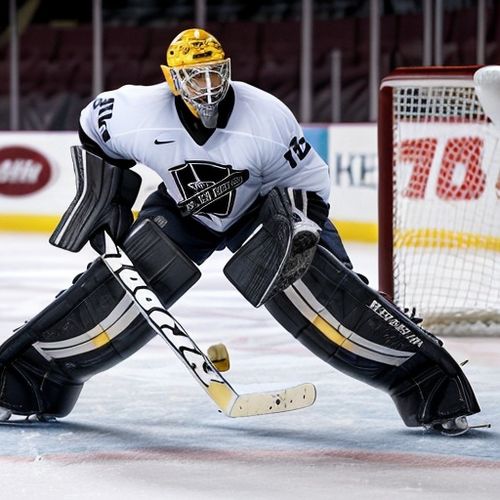
By Christopher Harris/May 9, 2025
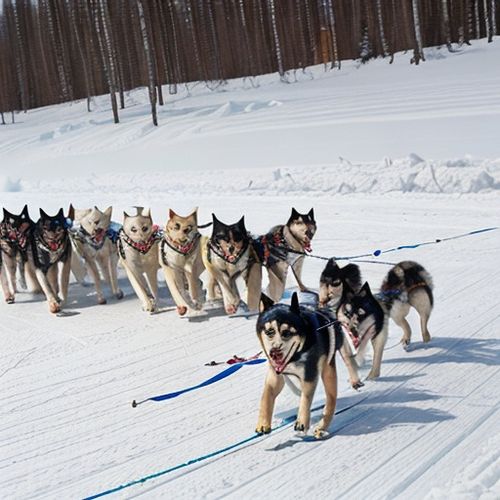
By William Miller/May 9, 2025
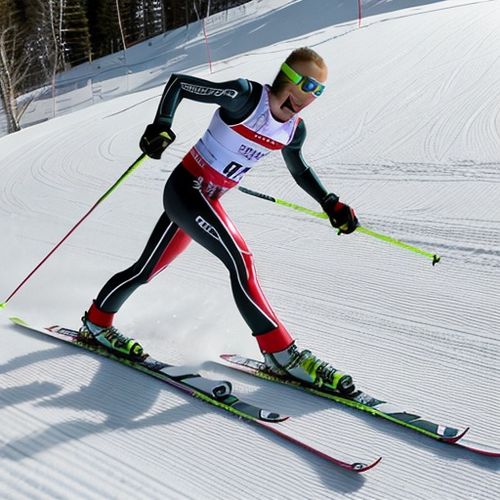
By Jessica Lee/May 9, 2025
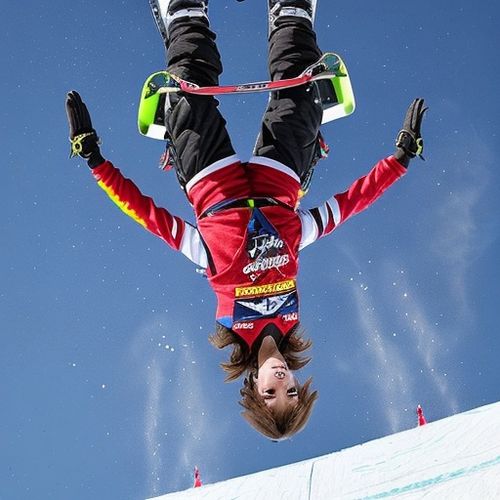
By Noah Bell/May 9, 2025
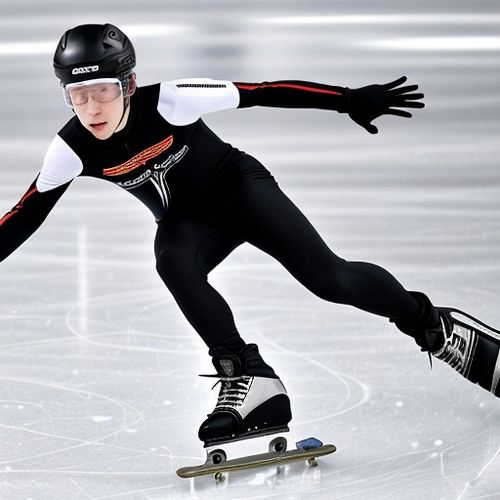
By Amanda Phillips/May 9, 2025
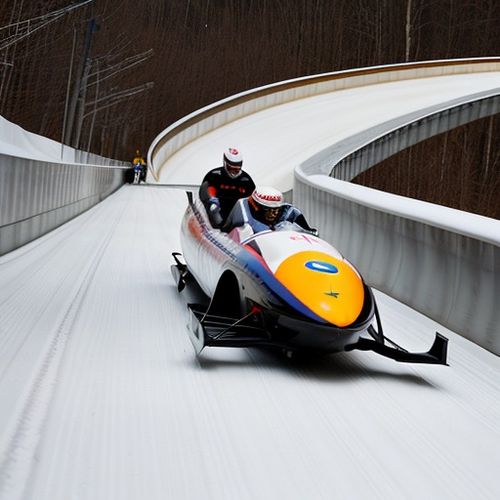
By Samuel Cooper/May 9, 2025
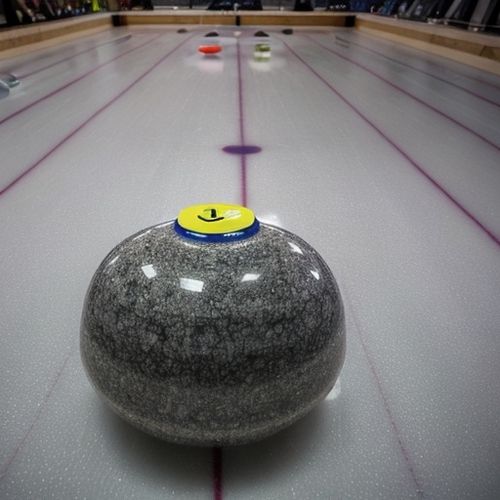
By William Miller/May 9, 2025

By Olivia Reed/May 9, 2025

By Natalie Campbell/May 9, 2025
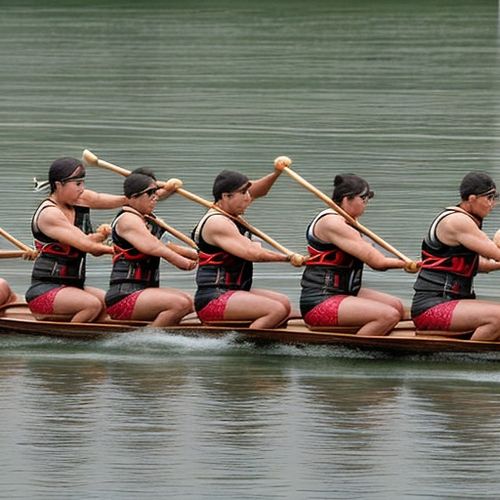
By Sophia Lewis/May 9, 2025
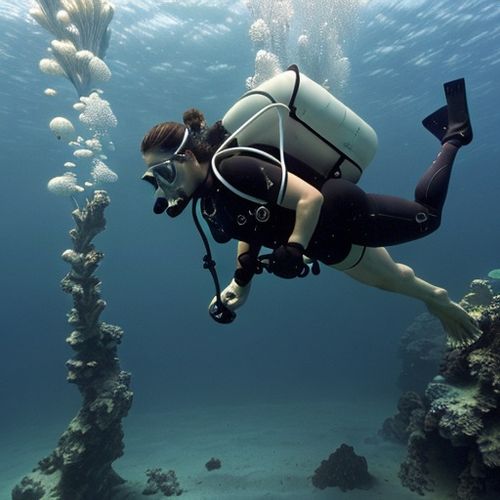
By Sarah Davis/May 9, 2025
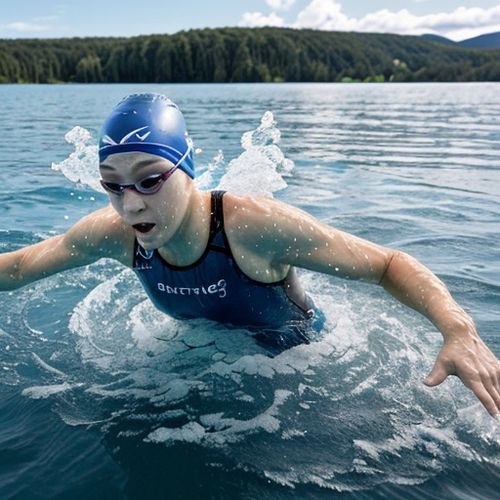
By Grace Cox/May 9, 2025
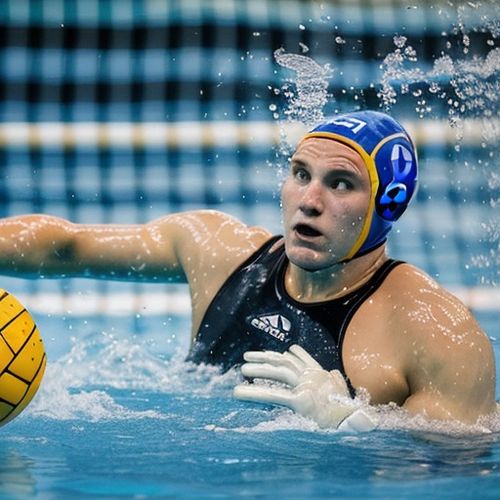
By John Smith/May 9, 2025
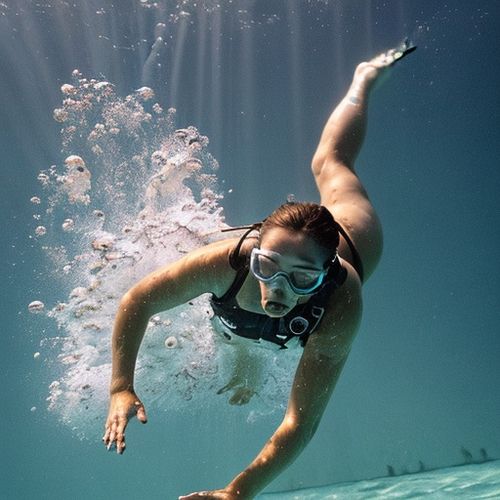
By Noah Bell/May 9, 2025